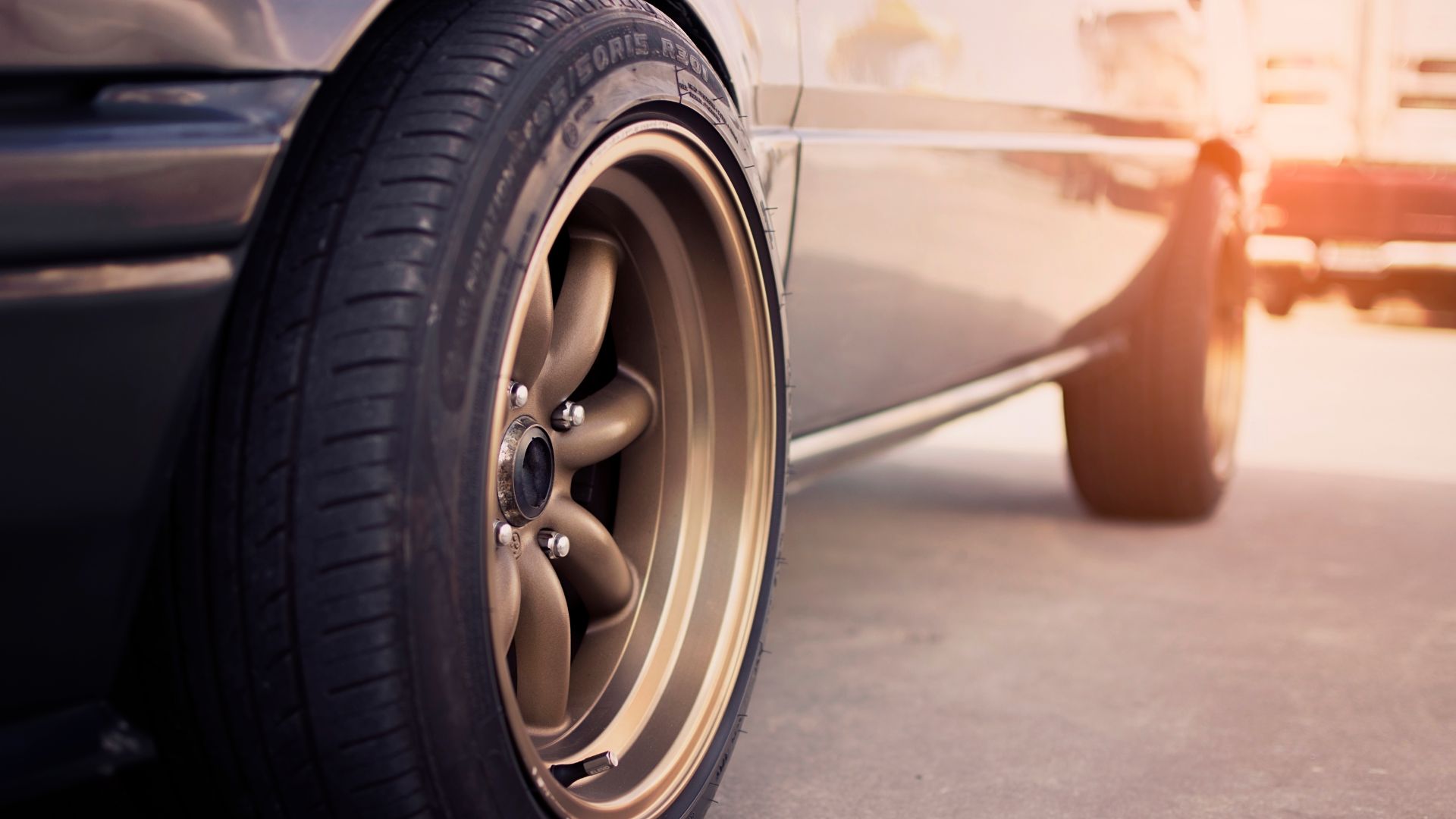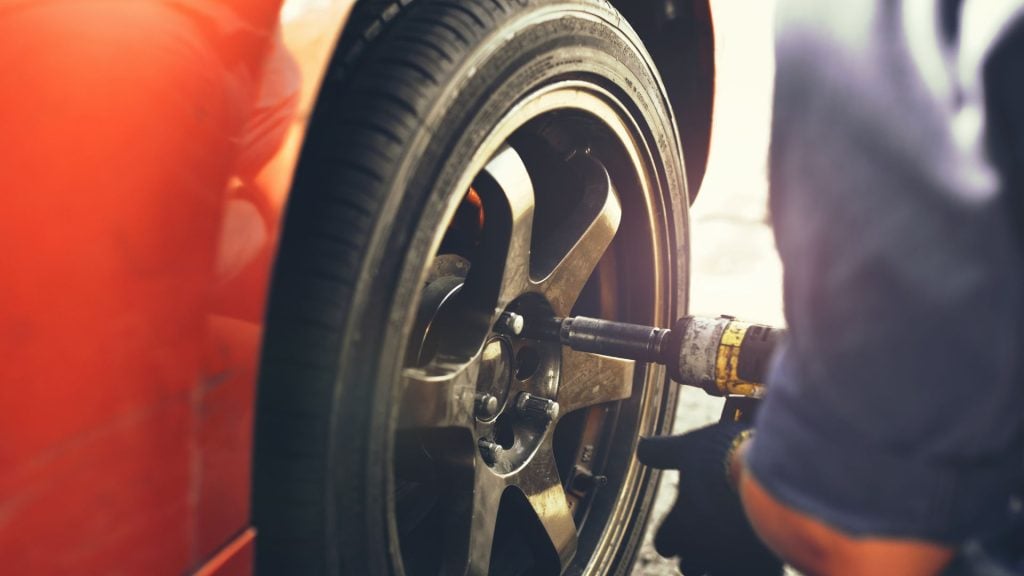Negative offset wheels — benefits explained
Explore the benefits of negative offset wheels.

Every car enthusiast enjoys placing custom wheels on the car to make it look unique. Still, it’s not all about looks as some wheel measurements can make a difference while driving. Offset is one of these measurements, and many truck owners and off-road enthusiasts use negative offset wheels.
If you are wondering about what it stands for, it’s the measurement between the mounting surface of the wheel and the center of the wheel’s width. While that might sound confusing, you’ll understand it perfectly after going through this guide on negative offset wheels and their benefits.
What is a negative wheel offset?

To understand a negative wheel offset, you’ll need to start from the matter of wheel offset vs backspacing. These two terms are closely related, but drivers often confuse them for the same thing. They are not the same, and we’ll start by explaining the wheel backspacing.
Backspacing is the measurement from the back of the wheel to the center of the wheel hub. On the other hand, offset represents a measurement from the mounting surface of the wheel and the center of the wheel’s width.
Still, the offset can be measured as the distance from the backspacing line to the center of the wheel’s width. Backspacing and offset are important measurements as they tell you how far the rims of the wheel are from the fenders, and the space you have for the brakes and suspension.
The offset can either be positive, negative or zero offset. It all depends on the interference of the wheel with brakes and suspension systems, as well as the way they stand compared to the fenders.
A negative offset means that the mounting surface of the wheel is tucked towards the inner side, and it looks as if it was bent towards the inside. Zero offset means that the mounting surface and the center of the wheel are aligned, while a positive offset means that the wheel is facing out toward the road. These figures help measure the rim size along with a few other metrics like wheel width.
Traits of a negative wheel offset
We know, it all sounds a bit confusing when determining the offset and backspacing of the wheel. Let’s help you visualize the negative offset wheel so you can instantly recognize it. We already mentioned the centerline of the wheel, and it’s the center of the wheel’s width.
Imagine it as a line that cuts the wheel in half. In case of a negative wheel offset, the mounting surface of the wheel will be behind that line, so it seems tucked in towards the inner side of the car. When you look at it once the wheel is already mounted, it might seem like the negative offset gives you that depth and aggressive look.
That’s why negative offset wheels are often referred to as “deep dish rims” and besides them looking beautiful, they are also quite useful.
Benefits of negative offset wheels
If you mount wheels with negative offset on your car or truck, you can gain much more than just the aggressive look. Negative offset has numerous advantages in terms of how a wheel will behave while driving. These are some of the standout traits of a negative offset wheel:
- Better steering and handling
- Increased driving stability
- Improve traction on front-wheel drive cars
- The best option for off-roading
Besides that, having a set of custom wheels that seem tucked in and deep when looking from the side of the car is aesthetically pleasing. Your vehicle will look different since most cars have a positive offset or a zero offset. So, it’s all about knowing what you wish to achieve with negative offset wheels.
You can get unique vehicle styling, along with some useful driving experience changes if you know what you wish to achieve.
More control over your vehicle
One of the most important changes that you get by using negative offset wheels is improved vehicle control. With negative offset wheels, you get a wider track, and that results in better handling and increased cornering precision.
With improved steering and handling, your car will behave better in the corners and it’s a great choice for track driving if you are driving a sporty car.
Increased stability
Driving stability that you get with negative offset wheels is yet another benefit since you get a better stance of the vehicle. It grips the road better and holds your vehicle firmly on the road. However, some other things also come to mind in terms of stability.
Negative offset wheels won’t give you as much feedback as positive offset wheels. So, you should drive carefully when you just install wheels with a negative offset to prevent oversteering.
Better grip for front-wheel drive cars
Negative offset wheels work especially well on front-wheel drive cars. They can improve your overall traction performance due to the wheels pushing outwards as you accelerate. They are not as effective on rear-wheel drive cars, but if you drive a front-wheel drive vehicle, a negative offset is a good modification.
Along with that, you get better front-wheel handling and steering, so it’s a good wheel customization for front-wheel drive cars.
The best option for off-roading
If you plan on driving your truck or SUV on rugged terrain, there’s no better option for wheels customization than negative offset wheels. You’ll see it as a commonly-used option on large SUVs and trucks capable of providing off-road performance.
You’ll also have to choose between all-terrain and mud-terrain tires, and a good choice of tires combined with negative wheel offset makes a perfect off-roading combination.
Downsides of negative offset wheels
While negative offset wheels certainly look good and come with some benefits, there are also some downsides you should consider. Most notably, it’s important to consider the possibility of a snap oversteer if you mount such wheels on a rear-wheel drive car.
Your tires might also rub against the fenders, so that’s another thing to keep an eye out for. Finally, negative offset wheels don’t offer as much space for the brakes as positive or zero offset wheels. So, it’s worth considering the size of your calipers when determining the best wheel customization.
Our take
Hopefully, this guide provides enough information on negative offset wheels to help you make a final decision on whether to use them or not. You should consider all the benefits and downsides before deciding to avoid the possibility of a snap oversteer or problems with the size of the brakes.
Overall, it’s the best choice for track-focused drivers and those that own large off-road-capable SUVs and trucks to tackle rugged terrains.
What does a negative wheel offset do?
A negative wheel offset makes the mounting surface of the wheel go behind the centerline towards the inner wheel position. It improves steering and handling with a wider track, and provides the best grip for rugged terrain.
Should I get negative offset wheels?
Negative offset wheels work best with front-wheel drive cars that could use a wider track for better steering precision and handling, and vehicles with off-road capability. So, you should get negative offset wheels if you own such a car type.
Is it better to have a negative offset or a positive one?
It all depends on numerous factors since positive offset wheels can fit bigger brakes for example.
Does negative offset affect anything?
Yes, a negative offset affects the tire to stick past the fenders and have a wider track for better road grip.